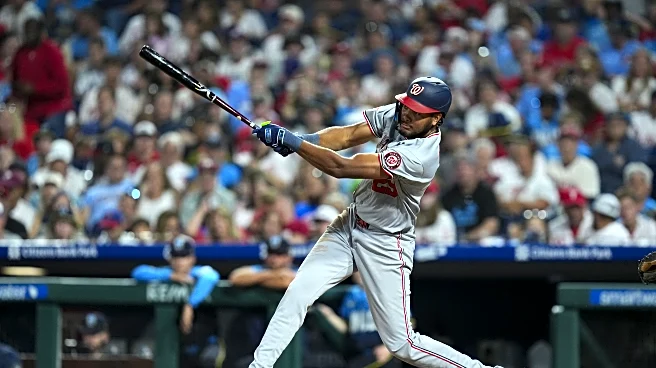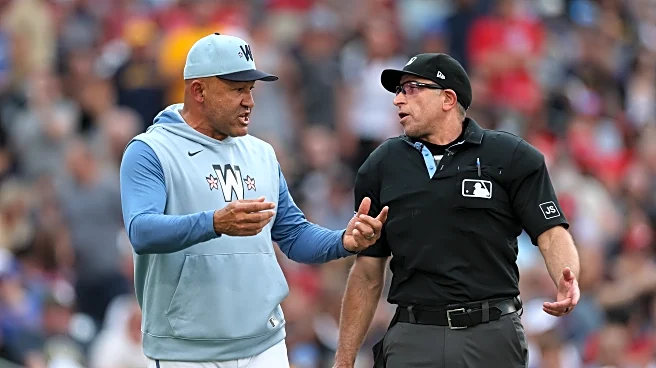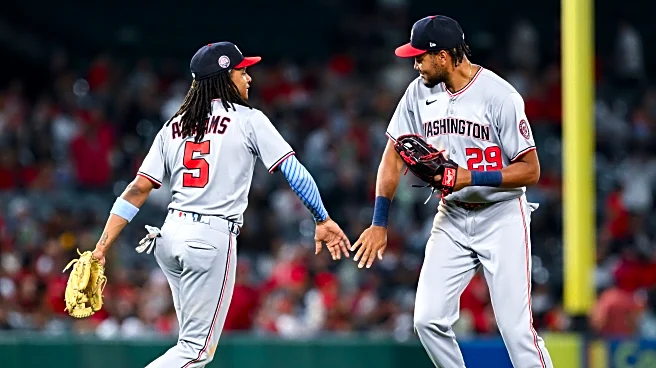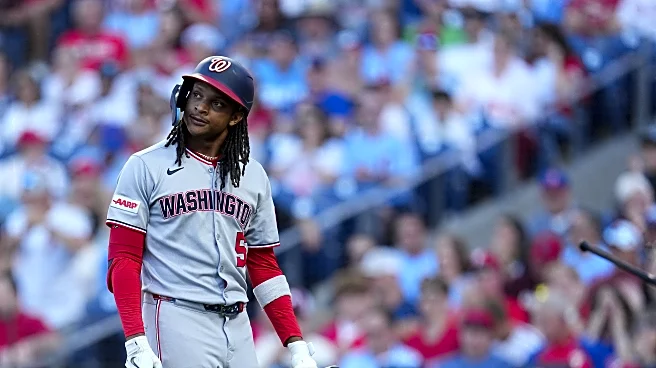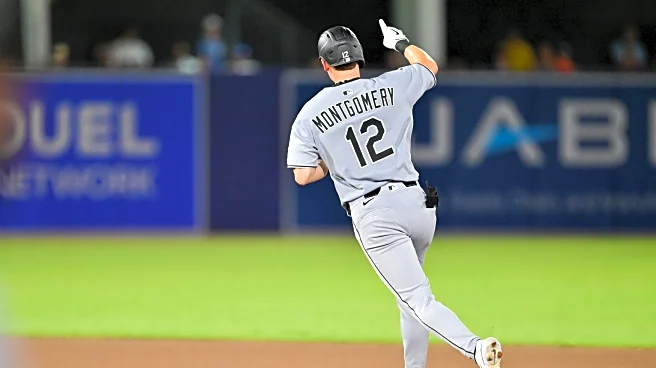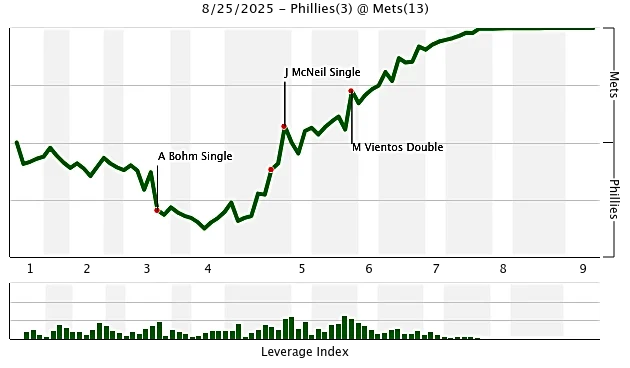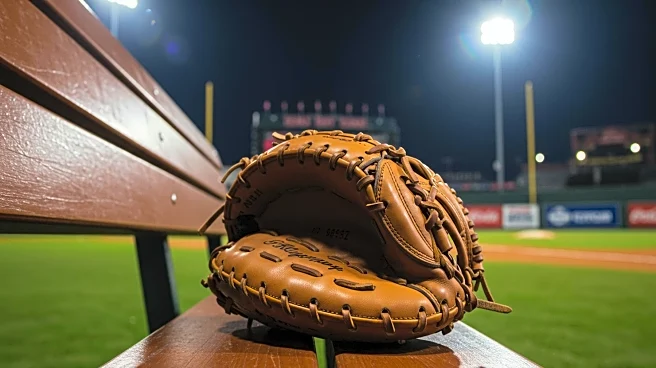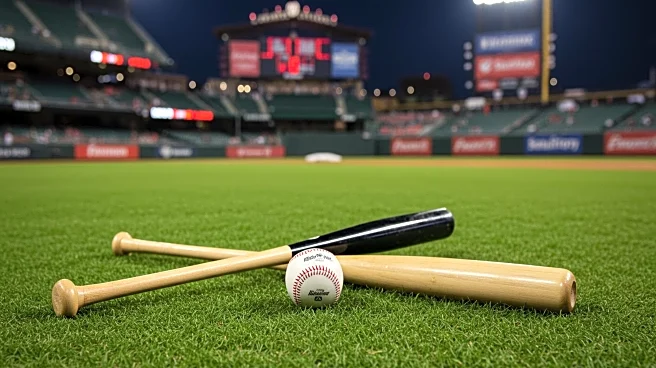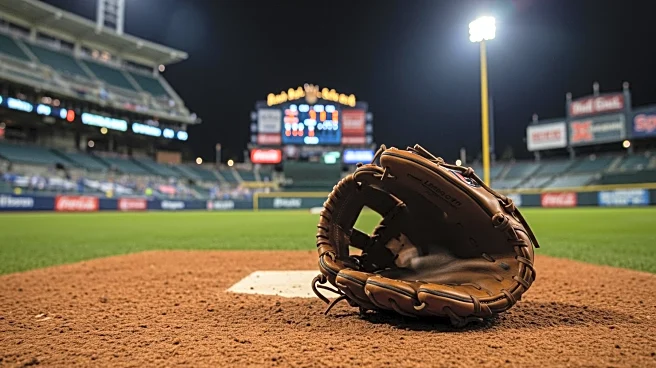
Since a 5/5 day against the Detroit Tigers on July 3rd, the James Wood we knew and loved in the first half of the season has been missing. The insane raw power has been muted by a barrage of strikeouts that could lead to the young slugger setting the single season record for punch outs.
It has been a sharp fall from grace for the young star who is experiencing how hard the big leagues are for the first time. Since the All-Star break, Wood has struck out 41.8% of the time and has a 69 wRC+. Even in today’s
strikeout heavy environment, that is just too much to overcome, especially for a guy who also hits his fair share of ground balls.
Another disturbing detail is that his plate discipline has also been muted. Since the break, Wood has a 7.5% walk rate, compared to a 14% walk rate in the first half. Strikeout rates in the 30s can be somewhat tolerated if you walk enough to make up for those missed opportunities to get on base.
That was what Wood was doing in the first half. Through Wood’s first 90 games of the season, his strikeout rate was at a fairly high, but manageable 26.1%. As a big guy with long levers, the strikeouts will always be a part of his game. However, when it is at 26%, that is fine. Through July 4th, Wood was a superstar and MVP candidate. However, as the K’s have piled up, he has lost some of that shine.
So what has happened to our young slugger? Well, simply put, pitchers have adjusted and he has not been able to keep up. Teams have identified Wood’s weaknesses and have been exploiting them.
While Wood is a patient hitter, it has turned to passivity. Teams know that they can just get free strikes early and often. Wood simply does not swing at enough strikes. His swing percentage on pitches in the zone is 54%. Even Juan Soto, an ultra patient hitter, swings at pitches in the zone at a 58.2% clip for his career, while chasing far less.
The best at combining patience and aggression is Corey Seager. He is actually so good at this, they named a stat after him that measures how much you swing in the zone vs how much you chase. The best at this swing a lot in the zone and don’t chase a lot. Foolish Baseball did a great video on this.
As you would expect, Seager is at the top of the list in this category. Seager is one of the most aggressive hitters on pitches in the strike zone while chasing less than the average hitter. It is an insane combination. To get to the next level, Wood needs to turn his passive approach into a selectively aggressive one.
Wood is taking a lot of the good pitches to hit early in the count and sometimes even with two strikes. His habit of striking out looking is very frustrating. Even when he was going well, it was something he did quite a bit.
Another thing pitchers have caught on to is that Wood struggles with breaking balls out of the zone and fastball inside. Due to his opposite field tendencies and long levers, Wood likes the ball out over the plate. If a pitcher can execute it under his hands, it gives Wood fits.
However, this can be a risky strategy. If you miss your spot even by a little bit, Wood is sending the ball into orbit. He can hit some insane home runs against fastballs middle-in. Even in his slump, he showed that when he hammered a Ryne Stanek fastball that did not get far enough inside.
However, breaking balls have become a safer way to get him out. This season, Wood is hitting .187 against breaking balls and whiffs 44.3% of the time against them. While most hitters are better against fastballs, his splits are dramatic. He has been slightly better in August against spin, but in July he was whiffing over half the time against breaking balls.
To be fair to Wood, he has shown some signs of life in August. His OPS is at a mediocre but not awful .699 mark. Wood has 10 extra base hits this month, which is a strong number, though only two of them are home runs.
However, the strike out and walk numbers are still not pretty. He is striking out 39.2% of the time and only walking 6.2% this month. That is not a sustainable path to success, and he knows that.
You cannot tell the story of this collapse without mentioning the coaching staff either. We wrote about the overall incompetence of the group this morning, and it is obvious that this is affecting Wood. Darnell Coles is not the guy to fix James Wood’s swing. As we have discussed over and over, Coles’ philosophy is outdated and does not get the best out of hitters in 2025.
It is disturbing how few adjustments we have seen from Wood in this stretch. Some of that is on him, but after all, he is just 22 and is being allowed to drown by this coaching staff.
However, one thing about Wood’s game that has frustrated me lately is the lack of hustle. On multiple occasions recently, Wood has not been running hard down the line. That double play against the Phillies the other day was a prime example of that. The struggles have clearly gone to Wood’s head and have discouraged them.
It makes total sense. He is a young player who is struggling for the first time on a team with a losing culture and no accountability. I would be discouraged and frustrated if I were in his position as well. However, to be a star player and face of a franchise, you have to be able to overcome that stuff and lead. At just 22 years old, Wood is early in his maturation process and hopefully he can learn from this.
Overall, James Wood is still an electric talent with an MVP ceiling. However, he is further from reaching that ceiling and there is a higher risk he falls short than we previously thought. He will be a very good player for a long time, but there are some things he needs to clean up before he can be truly great. The talent is there, but can he make the adjustments necessary to become one of the game’s great players? Only time will tell.
